Harald Grosskopf is the German drummer who entered the world of electronic music while still maintaining his percussive role behind the kit.
Grosskopf made his name in the rock band WALLENSTEIN, but legend has it that a hallucinogenic adventure led to a voice telling him to stop trying to sound like Billy Cobham or Ginger Baker, as he realised he had been imitating other musicians.
With his mind free from having to drum within a set role, he realised rock music was not the best medium for this mode of artistic expression. Two musicians, who were members of the Berliner kosmische combo ASH RA TEMPEL, Klaus Schulze and Manuel Göttsching were to become key in paving Harald Grosskopf’s path into the world of electronic music.
Schulze was a fellow drummer who had served an apprenticeship with TANGERINE DREAM and went on to wholly embrace the meditative synthesizer aesthetic; he invited Grosskopf to play drums on his 1976 masterpiece ‘Moondawn’.
Meanwhile Manuel Göttsching had developed a more transient guitar style to compliment his more electronically-based instrumental backdrop as showcased on the classic long player ‘New Age Of Earth’ as ASHRA. Looking to expand his vehicle to a more-band oriented format, the guitarist asked to Grosskopf to join him for the recording of what became 1979’s ‘Correlations’
.
Harald Grosskopf took the plunge to go solo with the mind bending album ‘Synthesist’ which was released on the iconic Sky Records in 1980. A work comprising of eight instrumentals that blended a sonic tapestry of synthesizer soundscapes with drumming that provided colour as opposed to dominance, it musically followed in the exquisite tradition of his Berlin electronic friends.
More recently, Grosskopf has been recording and performing live, both solo and with Eberhard Kranemann with whom he released the experimental cosmic rock album ‘Krautwerk’ in 2017.
For the 40th anniversary of ‘Synthesist’, Bureau B are reissuing the album as a deluxe edition with new remixes provided by the likes of Steve Baltes, Thorsten Quaeschning, Paul Frick and Stefan Lewin among others. From his home in Berlin, Harald Grosskopf kindly spoke about how his career was liberated by electronics.
You started as a drummer, so what got you interested in synthesizers and electronics?
That‘s a long story until I got there. When my friend and colleague Udo Hanten (of YOU who unfortunately died two years ago) asked me in August ’79 “Why don`t you produce solo albums?“
I was astonished and my first thought was “Who will be interested in an album with a line-up of tracks with solo drumming?”. He of course meant working with synthesizers, which I did not have in mind at all. I told him that “I‘m a drummer, I don‘t own synthesizers. All I have is a drum kit, an 8-Track reel-to-reel tape recorder and part of the fee from my work on Klaus Schulze’s ‘Bodylove’ album”. So Udo invited me to come to his home, using his equipment.
In exchange, he asked for my 8-Track to record his own album. I must point out that ASHRA never met regularly, like a rock band to rehearse or produce. We never said “We are a band now forever!“. ASHRA always was based on spontaneity in all concerns. There were quite some breaks in between touring and studio sessions. So I had lots of time and my desire for making music was killing me during 1979.
After a few days thinking about Udo‘s proposal, I decided to do it. To tell the truth, I had no clue how to record nor how to operate synthesizers, even though I had worked with Klaus Schulze, one of the godfathers of electronic music. During studio sessions I never had to, nor did I care about studio techniques. The only thing I occasionally operated was a volume fader during mixing.
In that entire era, I felt I was a drummer, nothing else. Even after ‘Synthesist‘ was done and out. Putting it live on stage seemed technically impossible in 1980. So my first album was kinda born out of an emergency situation; no band activities and left behind with a huge unsatisfied desire to making music.
The beginnings of those recording sessions were technically pretty rough. I had to learn all about recording from scratch while I was recording. But conversely, operating synths was an easy challenge. At the end I wasn’t even sure, almost very insecure whether an audience would share the joy and trouble I went through in the process. And what I emotionally and music wise had put into it. But the naivety and emotional innocence behind that album might be the main reason why it seems to have touched people right up to today.
Working with Klaus Schulze on ‘Moondawn’ must have been interesting, given he started as a drummer. What was your brief from him for the recording?
No briefing at all! After my time in the rock band WALLENSTEIN, it was a very unfamiliar experience. WALLENSTEIN, typically German, was very (!) structured and disciplined. We used to work extremely hard on details. Program music at its best!
It never reached the satisfaction and joy I felt working with Klaus and Manuel Göttsching. Klaus gave no advice at all. Never ever! He liked my drumming I guess and he trusted me more than I did doing the right thing. Other than from Klaus and Manuel, I was not used getting positive feedback from any of my colleagues in those rock ’n‘ roll times. After ‘Moondawn’, I decided to leave WALLENSTEIN and rock music.
The first ‘Moondawn’ take ended abruptly after 5 minutes, I somehow didn‘t feel well. Klaus and I started talking about what happened. After only one sentence Klaus spontaneously said: “I see you know where we are going, let‘s do it again!” The second take led to what is heard on the ‘Moondawn’ A-side under the title ‘Floating‘, one long 25 minutes lasting improvisation. No emotional break or technical mistakes. Joy in the clearest mind. After the last note faded, we met in the control room and hugged each other.
‘Correlations’ saw Manuel Göttsching expand ASHRA into a band format, how did you come to be involved?
We first met at Dierks Studios around 1971 and I visited him occasionally when WALLENSTEIN had a Berlin performance. There was ASH RA TEMPEL, TANGERINE DREAM, POPOL VUH and some other important formations who were on the same record label (Ohr and Pilz) as well as WALLENSTEIN. Compared to my experience in the German rock business, these Berliners had an extraordinary self-confidence, friendly and relaxed dudes.
My drumming style and emotional presence seemed to have impressed them. Klaus was the ASH RA TEMPEL drummer at the time, after he had left TANGERINE DREAM and he just had announced his split from ASH RA TEMPEL to start his solo career which didn‘t seem to shock anyone. So Manuel invited me to put my drums on ‘Starring Rosi‘. Rosi was his girlfriend and she´s been a New Yorker since 1982. I had a few gigs in New York and we met there after a 30 year break. When I left Klaus in 1975/76 to live in Berlin, my first activity was to visit Manuel. That was the beginning of my ASHRA involvement.
One thing that is quite interesting is that the tracks on ‘Correlations’ were generally shorter than other ASHRA works, had this been a conscientious decision?
We never talked about commercial intensions. Our main interest was having fun and producing something original. I liked the freedom of not thinking about whom we could reach or sell to what we had made. The combination of the three of us simply made it what it was.
Everybody had ideas and had the chance to put them into the album. Manuel played a very melodic guitar. In those days. Maybe Carlos Santana was a bit of an influence on him. Lutz Ulbrich had another music background than electronics. He was and still is a brilliant rhythm guitarist and for a change, he liked playing with delays and was open to experiments, even though his main goal was traditional guitar music.
Lutz was in love with Nico of THE VELVET UNDERGROUND and they lived together in Paris, New York and Berlin. He was the only person among all her other famous friends (Bowie, Cale, Alain Delon) that brought her body to Berlin, after she had tragically passed away on Ibiza island, struck by an Aneurysm while riding on her bike. A doctor that was called just said: “I do not treat addicts!”…
The follow-up ‘Belle Alliance’ added vocals and was more aggressive, with your voice on ‘Kazoo’; how do you look back on the approach of that album now?
From my point of view for some reason the “good alliance” wasn’t as powerful as on ‘Correlations‘. In retrospect, it lacked homogeneity in style. Maybe the reason behind that Virgin Records didn`t want to release ‘Belle Alliance’ in the first place. So the three of us went to south France to visit the MIDEM in Cannes, that huge music industry fair, to either sell it to another company or have a conversation again with Virgin Records.
The Sony Walkman was just invented and everybody was able to listen to music wherever you were. The visit ended with a longer conversation with Richard Branson who owned the label at the time. Seemed we charmed him, resulting in the release. It‘s still a good album and I liked putting my intensions on ‘Kazoo‘.
As a drummer, how did you feel about the advent of programmable drum machines?
First, I was shocked that machines could replace and endanger my profession as drummer. I could not stand their artificial sounds either. Very unreal and artificial, especially the Roland TR808 that later became cult in techno and rap.
More and more studio session drummers used Linn and Oberheim e-drums to stay in the business and make a living from fast productions, mostly pop productions. Linn and Oberheim used samples for their e-drums and those sounded quite real. It still took quite some time to programme a fill that a real drummer could do in a minute.
I never really got into programming drum machines until the first machines came up that could be played like an analog drum kit (Simmons and D-Drum). I could not afford a Simmons but bought three Simmons e-modules and built one myself by using old Bongo drums as trigger. You can hear them on ASHRA album ‘Tropical Heat‘. By discovering the fascination of techno music, I suddenly understood the magic machine drums can have like the Roland TR808. I bought a D-Drum but its dynamic and limitation on sound bored me after a while.
I started editing drums parallel to the invention of digital recording in the late 80s. The Atari 1040 was a first step in that direction. I was in my 40s when most people my generation could or would not cope with computers. A few years later, when digital recording of analog signals became a possibility, I felt a huge release. It freed me from dreaming about hiring expensive analog studios as the only possibility to get creative the way I wanted. I couldn´t have afforded such studios anyway. In the beginning, it was pretty complicated getting into controlling the recording software, but once I managed it, it was a revelation that continues today.
The artwork of ‘Synthesist’ sees you pictured with a Prophet 10, which were your favourite synths and keyboards to work with on this album?
The Prophet 10 was an investment of my manager (R.I.P. Peter) and was bought after ‘Synthesist’ was released. On ‘Synthesist’, you can hear a Korg PS3200 and a Minimoog. The Moog was triggered by an ARP 16-Step Sequencer or used for solo melodies. That was it!
The Moog permanently slipped out of tune and many times, it was more than a pain in the ass to get the bitch stabilized. I had to record the same sequences over and over again.
How did it come together in the studio?
All the basics were recorded during 6 weeks in August and September 1979 at Udo Hanten‘s home in Krefeld, an industrial town in Northern Westphalia, the River Rhine area. Additional tracks were laid at Panne Paulsen studio in Frankfurt, which I knew from the sessions with Klaus and ASHRA. It was perfect for recording my drums and the solo melodies. All on 16 tracks after the basic 8 tracks were transferred.
‘Transcendental Overdrive’ had some distinctive arpeggios but also those very frantic but understated drums?
I take that as a compliment. My intensions lay more on composition and creating magic sounds than drumming. I financially had a week to get it done. It took just 2 days to record all drum parts. There was not much time to think. It just happened.
How do you now look back on ‘Synthesist’ as a whole?
As I mentioned, I was very insecure about what I had done. A negative highlight was a visit to Edgar Froese‘s home where my manager and I asked Edgar to listened to ‘Synthesist‘ before it was released. Edgar listened patiently but did not say a word afterwards. Either he was stunningly shocked or could not stand it. I never found out and the situation led to a bunch of negative speculations.
Back home, I was devastated. The sales after 5 or 6 months also were not super, just around 10,000 vinyl copies. Today that would almost be a hit, but in 1980, it was a massive flop. I did not listen to the album for a very long time until I had several offers from different labels. Young people seemed to have discovered ‘Synthesist‘. DJs all over the world put it on and since I re-released it, they still do. I needed the distance in time to finally to understand and enjoy what I had done.
There is a 40th Anniversary double vinyl and CD package being released by Bureau B featuring remixes, so is remix culture something you embrace and what do you think of the end result here?
40 years flew by! Unbelievable! The remixes on that double album are great. I was surprised about the spontaneous involvement of young musicians. ‘Synthesist‘ had an influence on them and their own music. I met Steve Baltes in 1994. He was 27 years old, a techno DJ, producer and fan of electronic music, whom I had invited to join in with ASHRA for our first Japan tour in 1997. He made a brilliant remix of ‘Earth’.
Thorsten Quaeschning who toured with Edgar Froese and TANGERINE DREAM for 15 years and is now head of the actual TD line-up did a fantastic remix of ‘So Weit, So Gut‘. Paul Frick remade ‘Synthesist‘, he is member of the well-known trio BRANDT BRAUER FRICK from Berlin which I am a great fan of.
Some famous old Krautrock colleagues who are also on Bureau B. label did a great job too. To mention here: PYROLATOR and KREIDLER. Stefan Lewin, an old friend, musician and quality analog synthesizer producer (ACL) worked on the ‘Synthesist‘ title track. Beside these, a few very young label musicians like TELLAVISION, LOVE SONGS and CAMERA also brought some interesting fresh air on their remix versions.
Your second solo album ‘Oceanheart’ didn’t appear until 1986, were there any reasons for this? How does this album stand up for you compared with ‘Synthesist’?
There was no pressure to put out one album after the other. Like others, I did not want to repeat myself over and over. I also had no equipment to experiment the way I needed. Remember it was the pre-computer time. In the meantime, I had a trio named LILLI BERLIN; I owned a Tascam 8-track reel to reel tape recorder and Manfred Opitz, the keyboarder had a Minimoog and a Roland JX-3P. I used those to lay basics. Drums and other sources were added at Christoph Franke‘s studio. The final mix and master was done there too. I think ‘Synthesist‘ has this first time innocence.
In 1997, you reunited with ASHRA to do some concerts in Japan. The live recordings became the ‘@shra’ album, ‘Twelve Samples’ was a particularly glorious track, how much of the performance was pre-prepared and was there much flexibility for improvisation?
We usually met a week before touring or for studio sessions to prepare some basics. In between, we played ‘Hype‘, a game that was based on the development of rock bands. From putting a line up together, to low level touring and album recording, the player who first had a hit album won. The game was created by Virgin Records. Manuel and Lutz rehearsed some basic harmonies and melodies, mostly without even being amplified in Manuel’s flat (Studio Roma).
I had a pair of drumsticks, listened and hit on my knees. As I mentioned before had we long breaks in between such meetings. Sometimes for years. So I never knew what will happen next with ASHRA. But I was positively surprised to receive Manuel`s phone call, asking me to join in performing in Japan. A little tour including 4 gigs. Wow! Japan! Great! My second reaction was of technical concerns, which I did not speak out about.
You must know, touring in the 70s was technically quite basic. On stage, it could take Manuel more than 5 minutes in between the titles to tune his sequencer for the next piece, while I was getting nervous just sitting waiting and staring into the audience. That was the reason I wanted Steve Baltes to join in. I knew he was able to recreate all the basic ASHRA sequences and original keyboard sounds we needed with his skills about sampling and sound design.
After I had introduced Manuel and Steve, Manuel liked him from the first minute, so Steve started producing all the required bass and sequencer loops that enabled us to improvise on stage as we always did in the past, with the difference that Manuel was released from that tuning burden. Steve did a brilliant job. We even sounded much better than ever before. The Japanese audience really liked it. We performed twice in Tokyo and twice in Osaka.
You teamed up with Eberhard Kranemann for the 2017 album ‘Krautwerk’, how would you describe your dynamic with regards creating and performing ?
I met Eberhard Kranemann for the first time in 2016 on a local festival at a castle. We performed on different locations. I did not know him, not even that he was an original KRAFTWERK member. I was very curious about what he did on stage and as we performed at different times, I was able to sneak into his gig. After one minute, I left the performance! Pure loud guitar noise and mumblings with his voice! I could not stand it!
Two weeks later he phoned me, obviously very excited by my performance. He asked me what I thought of a collaboration. Wow! My enthusiasm was not very high but I thought what the f*ck, let‘s try, if turns out bad, I can leave.
Eberhard recorded our session we made in his home, located around the corner where I live with my family. The session output was mainly poor, but in between had some great original parts. I took the session back home, dragged it into my Ableton recording software, extracted those parts I liked and produced loops. In a next step, I took it back to Eberhard where we added some material here and there. He really liked the way I had edited the material.
The result was the ‘Krautwerk‘ album released on Bureau B. We did live performances in England, Sweden and on a festival in China. A second album is ready to be released, but Eberhard preferred to concentrate on his solo work again. Meanwhile Ralf Hütter of KRAFTWERK ordered his lawyers to threaten me in case I would not withdraw my ‘Krautwerk‘ name ownership.
You have new works ready for release, how would you describe them? What musical direction are you heading in?
I work intensely on new material and will soon release an album in co-operation with my old friend and colleague on guitar Axel Heilhecker. Sequencer, guitar loops, melodies. Very atmospheric!
The album will be named ‘Are You Psyched?‘. Parallel to that, I work on new solo material which I hope to release next year. No rush as always. I do not think in terms how to style my music. It`s always spontaneous and unpredictable decisions. The main intention is that I must like it. Even that can change after a few hours, days or weeks and it is always possible to push a piece in another direction.
It’s very hard for me to finally decide when something is finished. I do not listen much to music from others. Mainly only when someone says to me “You got to listen to that!“ That does not mean I´m ignorant but I love most to work on my own stuff.
What are your own favourite tracks and memories from your career?
Definitely ‘Moondawn‘. All the tracks I ever recorded are like own children. You love them all but they are different!
When you entered this world of synthesizers back in the day, did you think that you and your contemporaries would have such a big impact in the popular culture of today?
Not at all. Compared to fast and massive internet activity today, we had very little feedback in those days. National and international. Just a few music magazines existed. And they mostly wrote about pop music or the stars. The only measure we had were sales or live performances. But other than KRAFTWERK, we had no hits.
Andy McCluskey from OMD two years ago shook my hands and said “Did you know how much your music changed my life!?“. I had no idea about that influence when I was sitting in my small Berlin flat trying to figure out how to finance the next week. Since I connected to the internet around twenty years ago, I receive wonderful daily feedback from all over the world. It is a great pleasure to specially get it from a younger generation.
Last year, I had my first DJ appearance in a well-known techno club in Berlin. Right now, all live performances are cancelled or postponed. But isolation is not unusual for me and most artists. That‘s the space where we enable output. I still miss to be on stage. Hopefully it will be soon possible again.
ELECTRICITYCLUB.CO.UK gives its sincerest thanks to Harald Grosskopf
Additional thanks to Mark Reeder
‘Synthesist’ is reissued as a 40th Anniversary deluxe edition double CD and transparent sun yellow double vinyl LP by Bureau B on 5th June 2020
https://www.haraldgrosskopf.de/
https://www.facebook.com/Harald-Grosskopf-121526524593386/
https://www.instagram.com/harald_grosskopf/
Text by Chi Ming Lai
28th May 2020

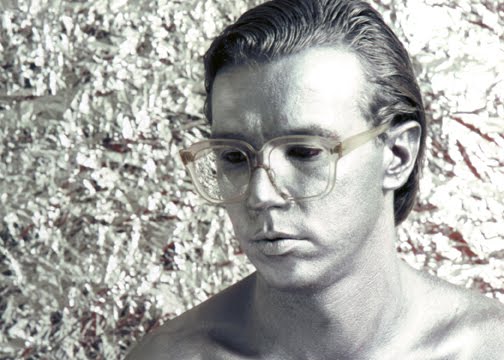
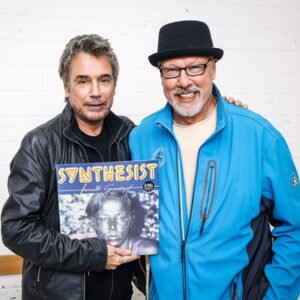
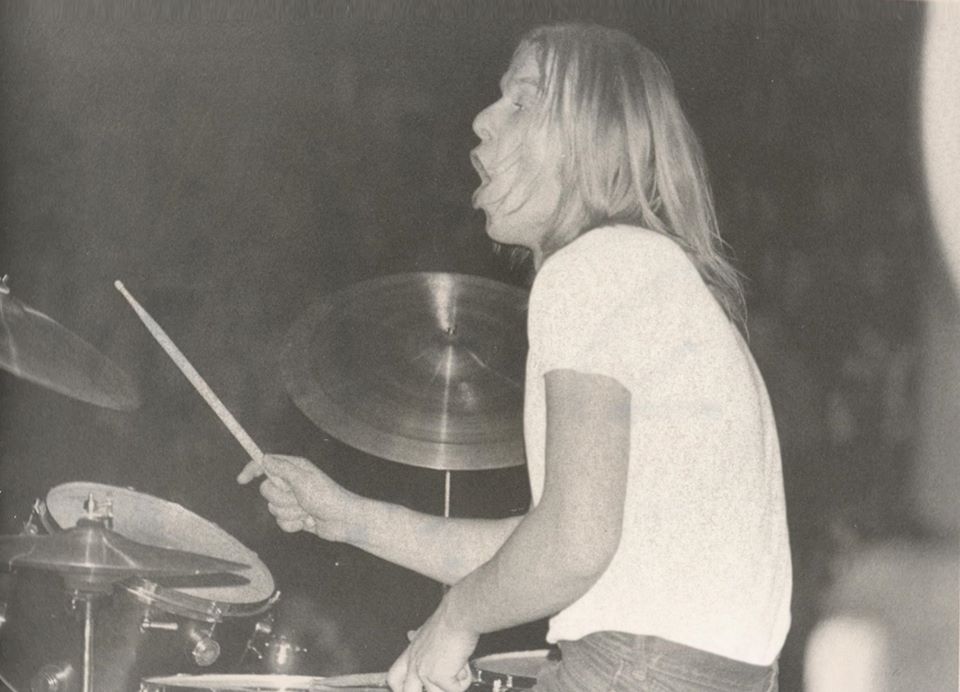
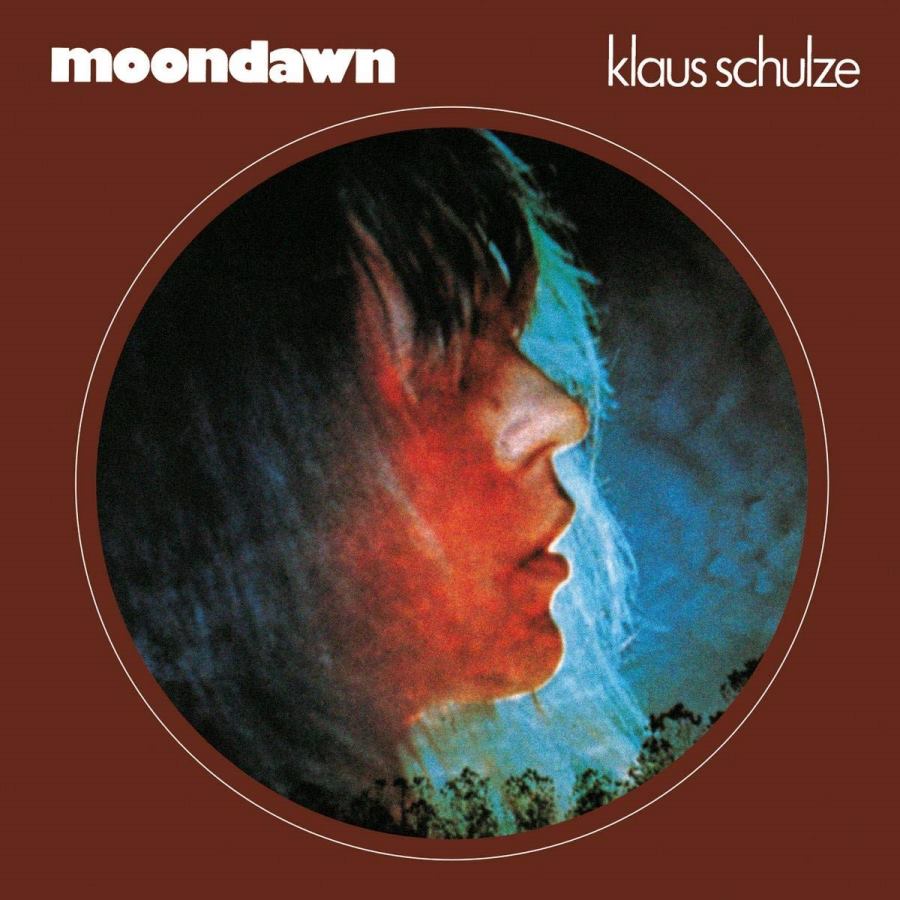
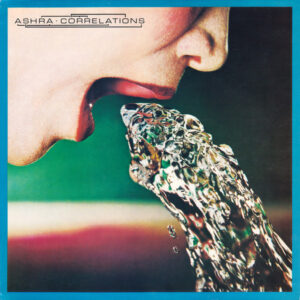
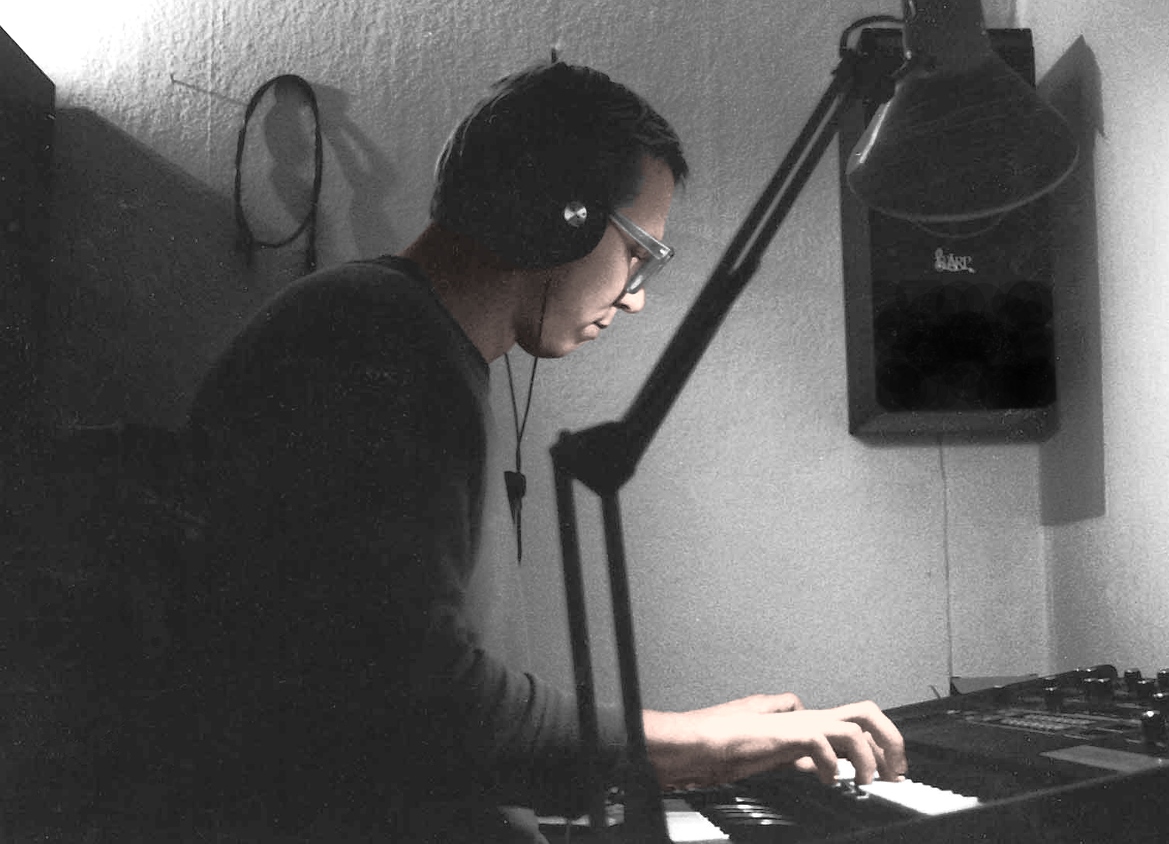
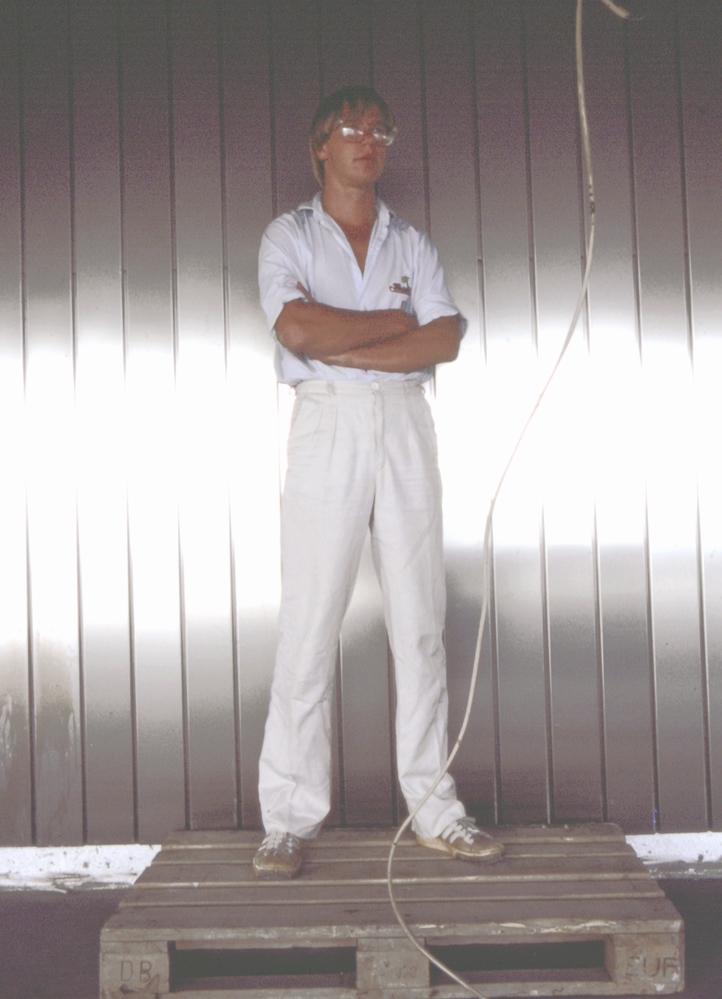
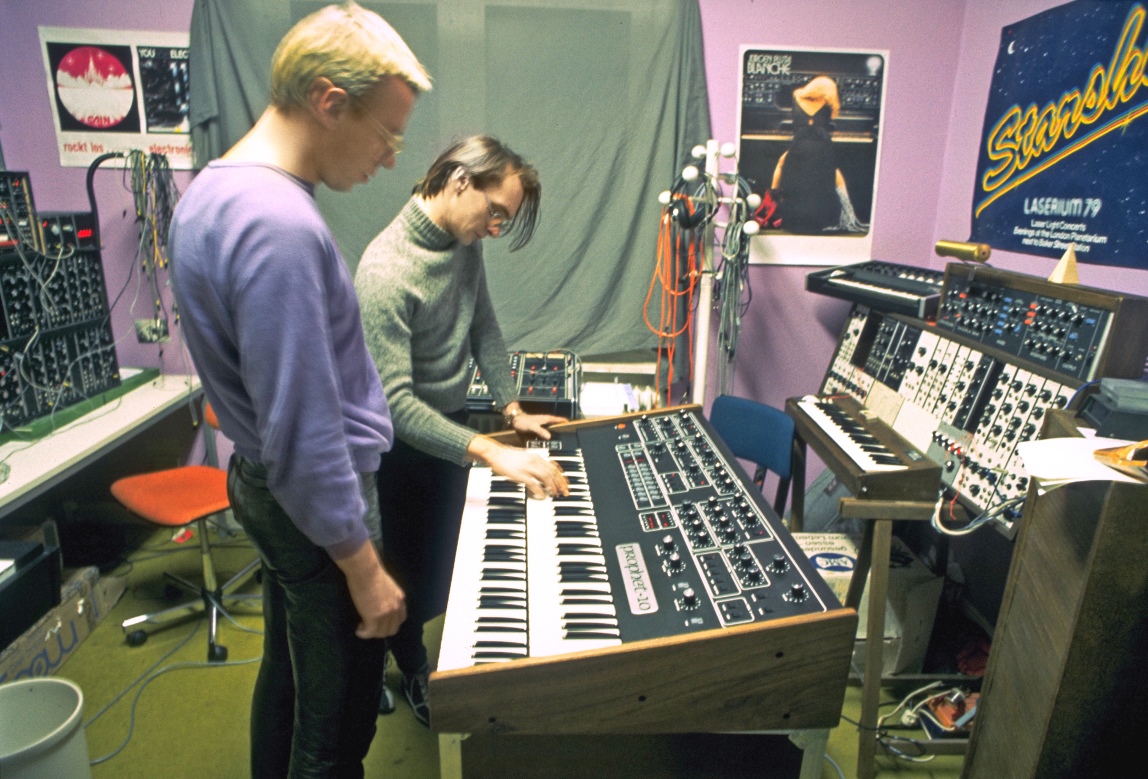
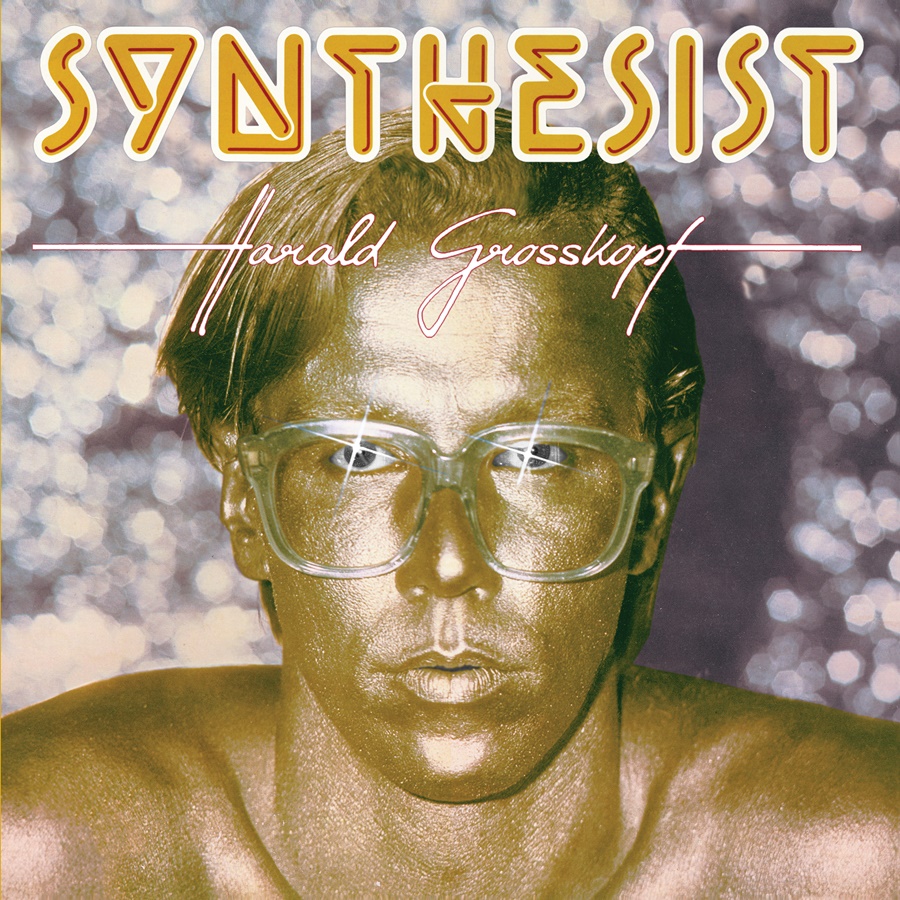
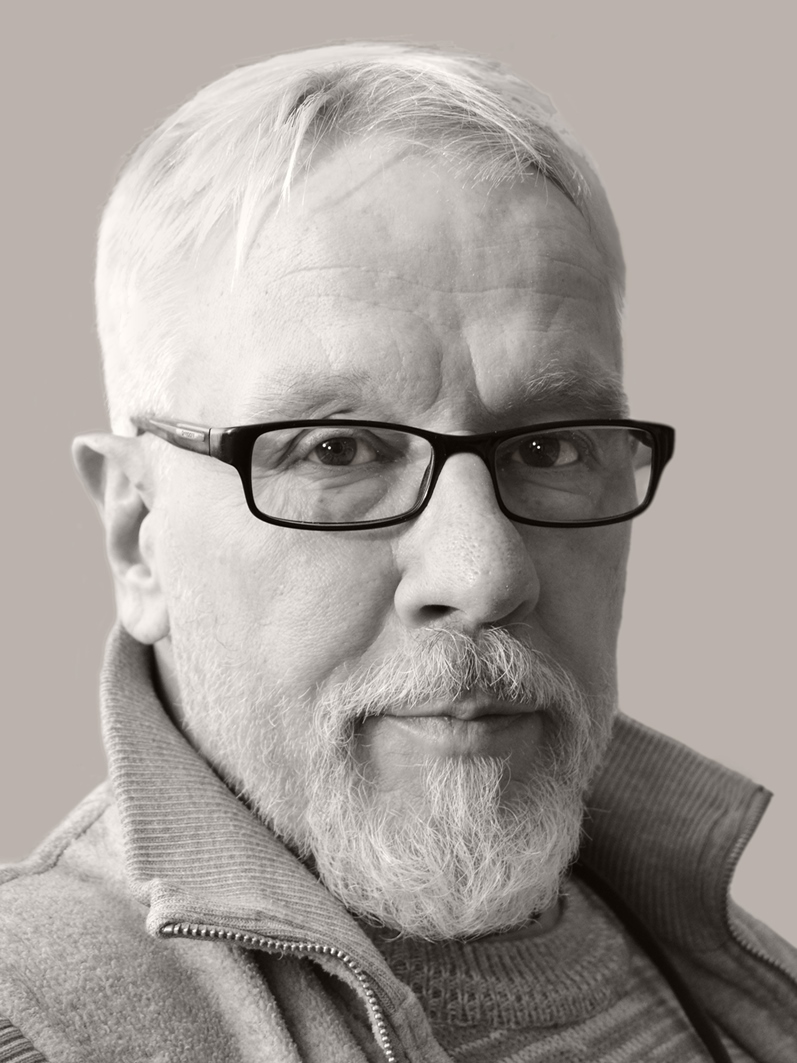
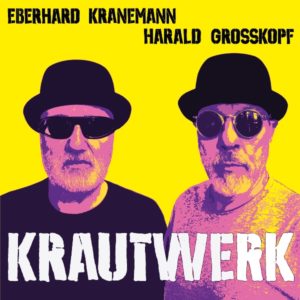
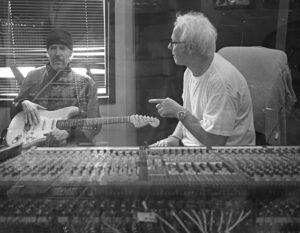
Follow Us!